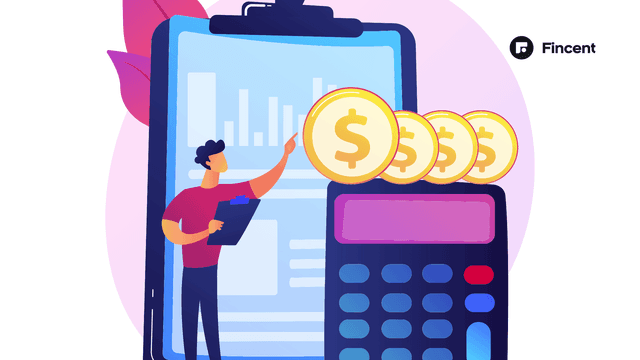- Glossary
- Fixed Costs
Fixed Costs
A fixed cost is a cost incurred by a business that does not change regardless of how many products or services are produced or sold. Regular expenses like rent, interest payments, and insurance that are not directly related to production are commonly referred to as "fixed costs." Because fixed expenses are unrelated to how a corporation produces any goods or services, they are often indirect costs. In order to reduce fixed costs, shutdown points are routinely used.
Understanding Fixed Costs
The expenses of doing business can be broken down into indirect, direct, and capital costs on the income statement and recorded as either short-term liabilities or long-term liabilities on the balance sheet. A company's overall cost structure is made up of both fixed and variable charges. Through several methods of cost structure analysis, cost analysts assess both fixed and variable expenses. Costs are frequently a major issue affecting overall profitability.
The term "fixed costs" refers to expenses that remain constant over time. Typically, schedules or business agreements establish them. These are the essential costs involved in fully operating a business. Once defined, fixed costs don't change over the length of a contract or cost schedule.
The allocation of fixed expenses in the indirect expense section of the income statement results in the operating profit. One of these fixed expenses is depreciation, which is classified as an indirect expense. Companies use a depreciation expense plan for investments in assets that decrease in value over time.
For instance, a company might invest in assembly line equipment that is expensed over time using depreciation. Another important fixed, indirect expense is management wages.
Fixed vs. Variable Costs
As mentioned above, fixed costs are any outlays a firm makes that don't alter over the course of operating a corporation. When fixed expenses are included in the direct cost section of the income statement and change in the breakdown of costs of products sold, they cannot be reduced on a per-unit basis but are often agreed upon for a specific time period.
On the other hand, costs that are directly related to production are known as variable costs. As a result, they alter in response to company output. Depending on sales or production levels, these costs may go up or down. Raw materials and delivery expenses are two examples of commodities having variable costs.
Factors Associated With Fixed Costs
When assessing expenses per unit, businesses can link fixed (and variable) costs together. As a result, both kinds of costs may be included in the cost of goods sold (COGS). To calculate gross profit, all expenses directly related to the manufacture of a good are added up and deducted from sales. Depending on the costs that each organization deals with, cost accounting differs.
For businesses that have the ability to create vast quantities of items, economies of scale can also play a role. Because fixed costs can be lower per unit when bigger quantities are produced, they can help to improve economies of scale. Depending on the business, fixed expenditures like direct labor and rent may be directly connected to production.
Examples Of Fixed Costs
- Amortization - The cost of an intangible asset is gradually charged to expense during the asset's useful life in this manner (like an acquired patent).
- Depreciation - This is the gradual charging to expenses during the asset's useful life of the cost of a tangible asset (like industrial equipment).
- **Insurance - **This refers to a periodic payment made according to an insurance policy.
- Interest expense - This is the price of money that a lender lends to a company. This is only a fixed expense if the loan deal included a fixed interest rate.
- Property taxes - The local government imposes this tax on a company based on the value of its assets.
- **Rent **- This is a standard charge for using a landlord's property.
- Salaries - Employees receive this fixed salary regardless of the number of hours they put in.
- Utilities - This is the price of things like gas, electricity, and telephones. There is a variable component to this expense, but overall it is fixed.
Key Takeaways
- Fixed costs are expenses that a company must incur regardless of its business activities.
- These costs are established for a predetermined period of time and do not vary with the level of production.
- Fixed costs may have an impact on profitability at several stages on the income statement and might be direct or indirect.


